In my many years crafting and fine-tuning acoustic guitars, I’ve come to appreciate the subtle art that is adjusting string height—an aspect so critical to the guitar’s playability and performance, yet often shrouded in mystery. Acoustic guitar action is something I’ve meticulously adjusted countless times, as my team and I have worked with hundreds of guitarists to perfect their guitar setup. With a shared dedication to the craft, I’ve consulted seasoned luthiers and expert musicians to understand the nuances that most overlook. Through trial and error, we’ve discovered practical methods that truly enhance each instrument’s potential. I know many of you grapple with questions about what the perfect guitar maintenance should look like. You’re curious whether adjusting string height is necessary or if it’s best left to a professional. My aim is to unravel these complexities and empower you with the knowledge and confidence to tackle this integral aspect of guitar maintenance yourself.
What is String Height?
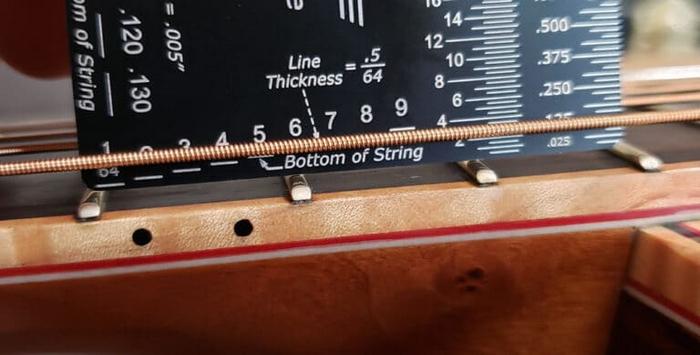
As someone deeply immersed in the realm of instrument acoustics, I’ve often pondered over what truly defines exceptional sound quality. In this exploration, I’ve found that string height emerges as a crucial, yet often overlooked, aspect of an acoustic guitar’s performance. String height is more than just a measurement—it’s a fundamental aspect of your guitar’s sound and playability. It’s not merely about the physical distance between the strings and the fretboard; it’s the bridge where physics meets feel, shaping the very essence of your playing experience.
Having spent countless hours examining how minuscule adjustments can resonate through a guitar’s entire tonal world, I’ve realized how string height directly influences a guitar’s tonal quality and ease of play. Too high, and you might struggle with finger fatigue; too low, and you risk fret buzz that drowns out clarity. My research and hands-on experience reinforce that each guitar possesses its own unique sweet spot, a balance that enhances both sound projection and tactile comfort.
The challenge lies in understanding and setting this height precisely, an art that requires both knowledge and intuition. It’s where my work intersects with your journey as a musician, helping you uncover the potential of your instrument. Let’s dive deeper into the intricacies of this vital component together.
Why is String Height Important?

As a luthier with years of experience shaping the voice of countless acoustic guitars, I can tell you that string height is a more crucial element than many players realize. Could choosing the wrong string height be a hidden reason for your performance struggles? This often-overlooked factor plays a significant role in not just the sound quality, but also the playability and comfort of the instrument.
In my lutherie practice, I’ve witnessed firsthand how the right string height can transform a guitarist’s relationship with their instrument. It’s the difference between chords that flow effortlessly under the fingers and notes that require a wrestling match to produce. Higher action, as we call it, increases the gap between the strings and the fretboard, offering better sustain and projection. But it also demands more effort from your fingers, potentially leading to strain. Conversely, lowering the strings enhances ease of play, yet might compromise on tone, sometimes causing unwanted buzzing.
I’ve met musicians who’ve unknowingly struggled with technique and endurance issues stemming from a poorly adjusted action. By experimenting with string height, they often uncover a newfound fluidity in their performance. It’s not just about adjusting the guitar—it’s about tailoring it to your unique playing style. Whether you’re strumming a gentle folk ballad or fiercely attacking a blues solo, understanding and mastering your string height can be the key to unlocking your true musical potential.
Who Should Adjust String Height?
Professional Technicians

When it comes to adjusting string height, enlisting professional technicians is often the most prudent choice. But what secrets do expert technicians know that the average guitarist might not? Through my collaboration with skilled luthiers, I’ve observed their meticulous approach to guitar setup and the vital role of action adjustment to enhance playability and tone. These professionals bring a depth of knowledge and precision that can subtly transform your instrument. Their expertise ensures every detail aligns perfectly—often spotting nuances that might escape the untrained eye, such as the relationship between string tension and fret buzz—making your guitar truly shine.
DIY Enthusiasts

Can a DIY enthusiast achieve professional-level results with string height adjustments? Absolutely. In my journey of guiding fellow DIY enthusiasts, I’ve found that mastering guitar maintenance starts with understanding the importance of measuring guitar action. With the right tools and a bit of patience, you can sometimes achieve results that rival those of professional technicians. As we’ve explored earlier, understanding who should adjust string height is crucial. For the adventurous soul willing to dive into the mechanics of their instrument, adjusting string height can be a rewarding endeavor that enhances your guitar’s playability and sound. Embrace your innate skills, and remember: practice and precision are your best allies.
When to Adjust Your String Height?
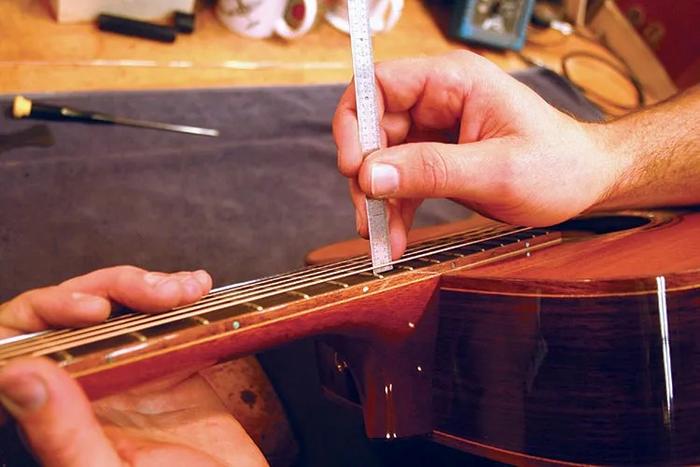
I often say that the journey to achieving the perfect string height is not just a technical task but a deeply experiential one. Knowing when to adjust your string height, however, can be a matter of instinct, informed by technical know-how and years of personal experience.
How often should you reconsider the height of your strings for optimal performance? The truth is, this pivotal moment varies for each guitarist and can depend on several factors. From personal experience, I’ve learnt that a sudden change in climate or shifting musical styles can be a signal. Have you noticed your fingers struggling with the increased tension, or the frets buzzing excessively? These are strong indicators that your strings might need adjustment.
During my career, I’ve witnessed intricate interactions between string height and playability, impacting not only the ease with which fingers can navigate the fretboard but also the vibrancy of each chord. If your guitar feels different under your fingers, it may be asking for a tweak. Trust your hands; they often know when the time is right. My advice is simple: listen carefully, adjust thoughtfully.
Where to Measure String Height?
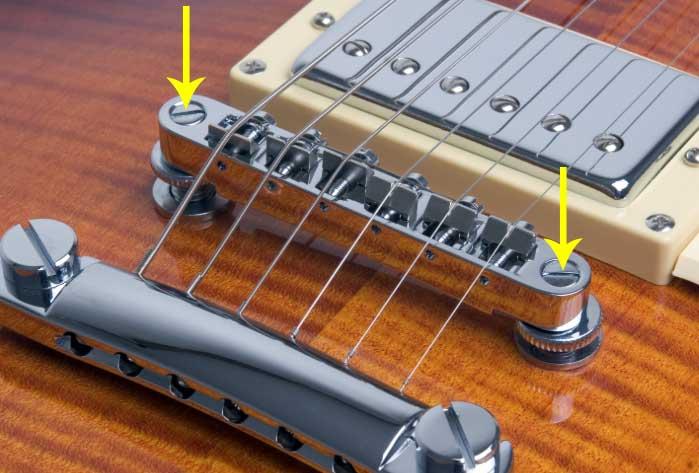
When examining the intricacies of string height on an acoustic guitar, one might wonder where the magic really happens. In my experience, the true art lies in where we choose to measure it. Did you know that the location of measurement can significantly influence your string height adjustments? This insight isn’t just technical — it’s transformative for your playing experience.
From my years of working with acoustic guitars, the ideal measurement locations are at the 12th fret, 6th string, and 1st string. These points provide a comprehensive snapshot of your guitar’s setup, encapsulating both comfort and precision. The 12th fret is essentially the halfway mark on your fretboard, offering a balanced reference. Measuring here allows for both an accurate depiction of the guitar’s action and a clear plan for adjustment.
But there’s more: placing a ruler at the nut and saddle also gives essential insights. While the 12th fret helps in understanding the general action, the nut and saddle measurements highlight specific tension points that impact playability. Having spent countless hours refining these techniques, I’ve seen firsthand how these methods can revolutionize a guitar’s feel.
By paying keen attention to these key locations, you will not only enhance your understanding of your guitar but also enrich your playing. As we delve deeper into adjusting string height, consider these positions your guiding stars. They don’t just measure string height — they craft your entire musical experience.
How to Adjust String Height?
Tools Required
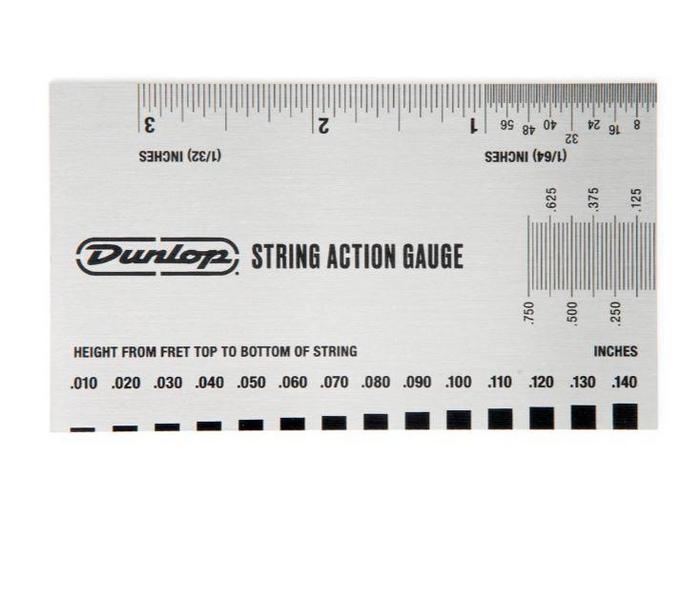
Do you have the right tools to achieve the perfect string height adjustment? It’s a question I often ask those delving into guitar maintenance, for without the proper gear, your efforts might fall flat. My experience has shown that a precise guitar setup is contingent upon utilizing specific tools that each play a critical role in the process. In my own toolkit, I keep a string action gauge and a trusty truss rod wrench as indispensable assets. The string action gauge provides the precise measurement needed to ensure I’m on track, while the truss rod wrench allows for necessary neck adjustments.
Additionally, I’ve found using a capo and feeler gauges indispensable in my work. The capo holds strings in place during adjustments, while feeler gauges measure the gap between strings and frets — both key to maintaining the desired string height. By arming yourself with these tools, you’re taking the crucial first step in effective guitar maintenance that guarantees optimal playability and longevity of your instrument.
Step-by-Step Guide
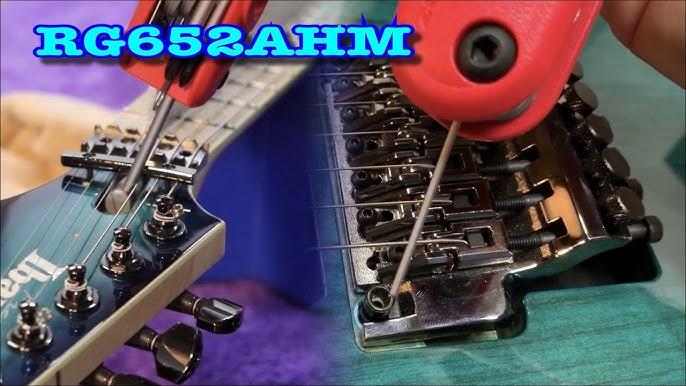
What if one adjustment could elevate your playing experience dramatically? Having tuned countless guitars, I know that string height can make all the difference. In the step-by-step guide that I’ve crafted, I delve into the systematic approach necessary for achieving the perfect string height. Precision in measuring guitar action is critical here. Yet, it’s more than just numbers; it’s about transforming the feel of your instrument under your fingertips.
Understanding action adjustment starts with knowing where to measure this elusive height, as we previously discussed. Now, I’ll walk you through this essential process, ensuring that each step — from loosening the strings to fine-tuning the saddle — is executed flawlessly. My method leaves no detail overlooked. It’s the culmination of years of hands-on experience, tailored so you can make these adjustments yourself with the confidence of a seasoned professional.
This segment bridges the technical know-how with the practical application. It empowers both the seasoned player and the DIY enthusiast to achieve the optimal setup. When you follow this guide, you’re taking control, making a potentially intimidating task both approachable and rewarding. By the time you’ve implemented these steps, you will wonder how you ever played without the perfect string height.
FAQs
What is Acoustic Guitar String Height?
Why is String Height Important?
How Can You Adjust String Height?
What Are the Right String Heights for Different Players?
What Do Experts Say About the Perfect String Height?
Conclusion
Are you ready to unlock the full potential of your acoustic guitar through string height adjustments? As I’ve explored in this article, the seemingly small detail of string height can have a transformative impact on your acoustic guitar performance. Adjusting the string height, or the ‘action’, not only optimizes playability but also enhances tonal clarity and personal comfort.
Understanding who should adjust string height is crucial, whether you prefer entrusting your instrument to professional technicians or embracing the DIY approach. I’ve outlined when and where to measure string height, providing essential tools and a step-by-step guide to empower enthusiasts to achieve the best action for their acoustic guitar.
In conclusion, I encourage you to view this process as an invitation to explore and fine-tune your instrument’s unique voice. This hands-on experience allows you to dial into the nuances of your playing style and discover new depths of sound. As I continue to learn and share my knowledge about string height, I hope you will join me in this journey of personalized acoustic exploration.

R.M. Mottola, an engineer-turned-luthier, revolutionizes stringed instrument design with his deep focus on acoustics and ergonomics since 1994. As editor of the Savart Journal and a key contributor to American Lutherie, Mottola merges science with artistry in lutherie. He enriches the field with his extensive knowledge, shared through his Liutaio Mottola website, making him a beacon in the world of modern instrument craftsmanship.
